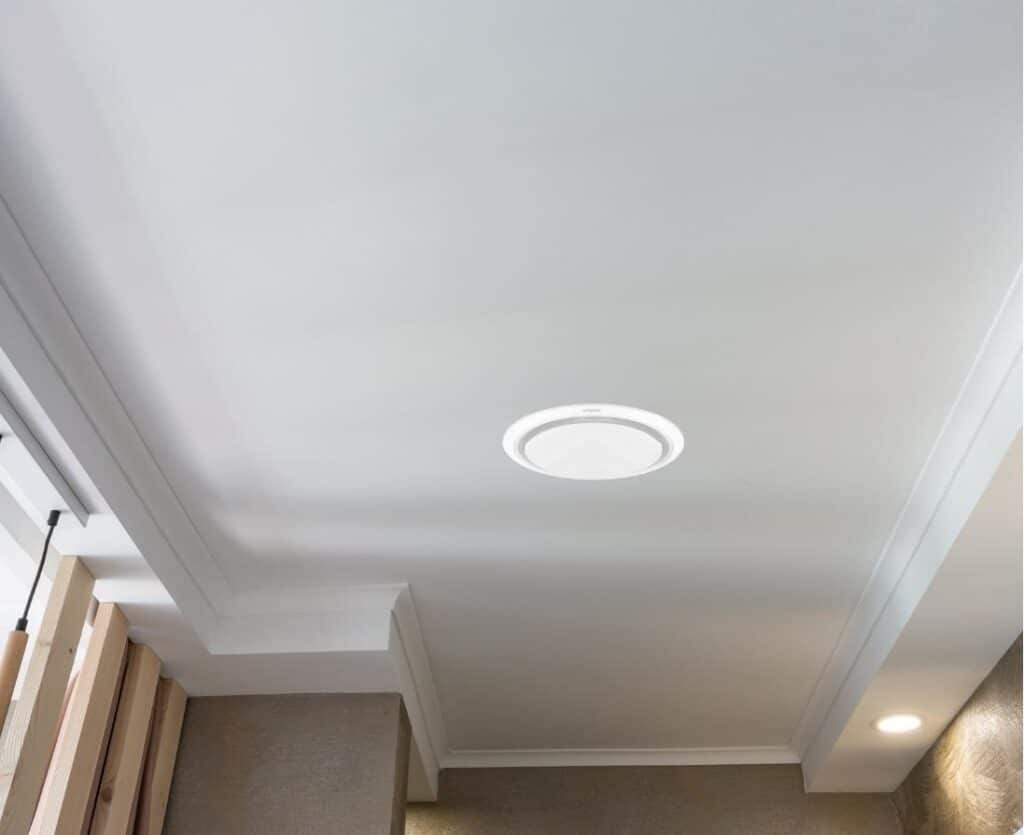Finding water in an electrical outlet is a serious issue that needs quick action to ensure safety. Electricity and water are dangerous combinations that require immediate attention to prevent accidents.
Water in electrical outlet can lead to serious problems, ranging from electrical shocks to potential fires. It’s a scenario that not only demands swiftness but a knowledgeable response from an expert electrician as well.
In this post, we’ll talk about the steps to dealing with water in an electrical outlet and its common causes.
3 Steps in Dealing With Water in an Electrical Outlet
The 3 steps in dealing with water in an electrical outlet are to turn off power, contact a professional, and avoid using electricity until the electrician declares the affected area safe.
Let’s take a closer look at each step below:
Step 1: Turn Off Power (H3)
The first and most crucial step is to shut off the power immediately. Locate your home’s switchboard and turn off the circuit breaker linked to the affected outlet.
If you’re unsure which one it is, it’s safer to switch off the main power to prevent the risk of an electrical fire. This step is vital for your safety and should be done before any other action is taken.

Step 2: Contact a Professional
Once the power is off, you should contact a licenced electrician as soon as possible. These individuals are trained to handle and repair water-damaged electrical systems safely.
An electrician will assess the damage, conduct repairs, and ensure that your outlet is safe to use again. Do not attempt to fix the issue yourself, as this could be extremely dangerous.
Step 3: Avoid Using Electricity
Until an electrician has checked and declared the area safe, avoid using electricity near the affected outlet. This means not plugging in or using any electrical devices in the vicinity.
Such precaution helps prevent further damage to your electrical system and keeps you safe from potential hazards. Remember, water and electricity are a deadly mix, so it’s best to err on the side of caution.
3 Common Causes of Water in Electrical Outlets
The 3 most common causes of water in electrical outlets are:
- Leaking Pipes or Roof: Water from leaking pipes within walls or a leaky roof can seep into electrical outlets. This problem is particularly common in older homes where the waterproofing may have deteriorated.
- Condensation or High Humidity: Condensation can form inside outlets in areas with high humidity or significant temperature fluctuations. The issue is common in poorly ventilated or damp areas of a home.
- Accidental Spillages: Everyday accidents, like spilling liquids, can lead to water entering outlets. This is especially true if they’re located near kitchen counters or where a power board might be used.

What Happens When Water Gets Inside an Electrical Outlet?
When water gets inside an electrical outlet, several hazardous situations can arise, such as electrocution and corrosion. Homes with modern electrical systems have safety mechanisms like circuit breakers that shut down electrical flow as soon as a fault is detected.
Can a Wet Electrical Outlet Cause Fires?
Yes, a wet electrical outlet can cause fires. The combination of electrical malfunctions and the presence of flammable materials can increase the chances of a fire hazard.




